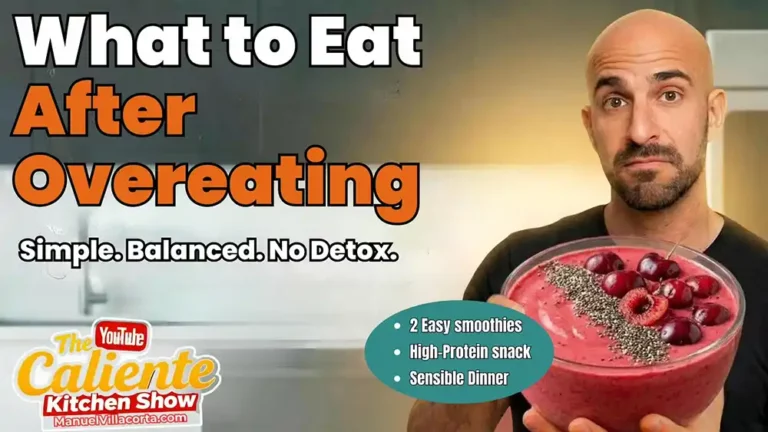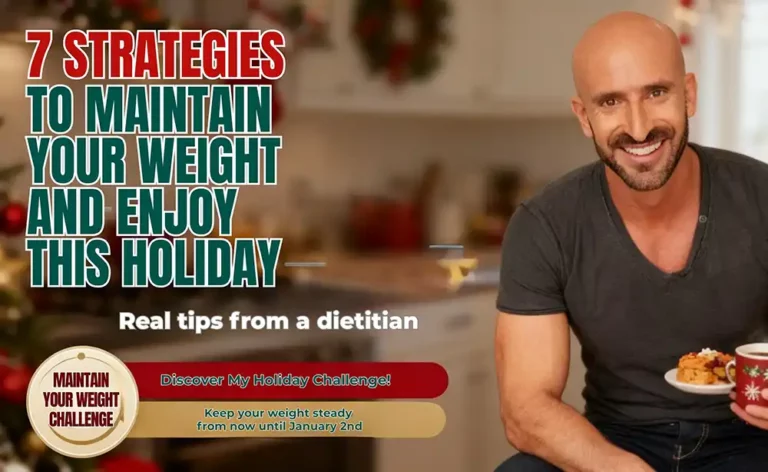Ultra-processed foods (UPFs) have been making headlines again — this time thanks to a new Science Advisory from the American Heart Association (AHA).
As a registered dietitian with over 20 years of experience helping people improve their health through nutrition, I can tell you: the findings are important, and they go far beyond just heart health. UPFs can impact your entire body — from your heart and brain to your digestion and immune system.
Why Ultra-Processed Foods Are a Concern
The AHA’s latest report confirms a strong link between high consumption of UPFs and serious health problems. In fact, eating large amounts of UPFs is associated with a 25% to 58% higher risk of cardiovascular disease, stroke, Type 2 diabetes, obesity, digestive issues, inflammation affecting the brain and joints, and even premature death.
From my work with thousands of clients, I’ve seen the impact firsthand. Diets high in UPFs often lead to excessive calorie intake, nutrient deficiencies, and chronic inflammation. These effects don’t just stress your heart — they place a burden on every system in your body.
What Exactly Are Ultra-Processed Foods?
Ultra-processed foods are not the same as fresh or simply prepared foods. They are multi-ingredient products that include additives designed to extend shelf life, improve texture or color, or enhance flavor. They often contain ingredients you wouldn’t typically find in your kitchen or are rarely used in home cooking, such as artificial flavors, colors, sweeteners, and other manufactured additives.
Examples include most frozen pizzas, packaged pastries, sodas, flavored yogurts with candy toppings, and so-called ‘health’ protein bars with ingredient lists longer than your grocery receipt.
Here’s a quick rule of thumb: if it takes longer to read the ingredient list than to eat the food, that’s a clue it might be ultra-processed.
Not All Processed Foods Are Bad
It’s essential to distinguish between processed and ultra-processed foods. Many processed foods aren’t harmful. Some processing can actually make food healthier or safer. For example, canned tomatoes contain more lycopene — a powerful antioxidant — than raw tomatoes, thanks to the heat used during the canning process.
NOVA Food Classification System
This is where the NOVA food classification system helps us make sense of processing:
- Group 1: Unprocessed or minimally processed foods — fresh fruits, vegetables, plain meat, eggs, milk.
- Group 2: Processed culinary ingredients — oils, butter, sugar, salt.
- Group 3: Processed foods — canned fish, cheese, freshly baked bread — often with just a few added ingredients, and can fit into a healthy diet.
- Group 4: Ultra-processed foods — multi-ingredient industrial products loaded with additives, flavor enhancers, and minimal whole-food content.
The key takeaway: you don’t have to avoid all processed foods. Instead, focus on reducing Group 4 — the ultra-processed ones designed more for shelf life and taste than for nutrition.
What to Eat Instead of Ultra-Processed Foods
The AHA — and my own approach — emphasize replacing UPFs with nutrient-dense, whole foods. This includes:
- Vegetables and fruits in abundance
- Whole grains instead of refined grains
- Beans, nuts, and seeds for plant-based protein
- Lean meats, poultry, and fish
- Low-fat, low-sugar dairy options
The Hidden Challenge: Food Labels and “Health Halos”
One of the biggest issues is that manufacturers aren’t required to disclose how foods are processed. This opens the door for ‘health halos’ — products marketed with words like ‘organic,’ ‘natural,’ or ‘plant-based’ that may still be ultra-processed.
For example, an organic donut is still a donut. And yes — plant-based sausages and burgers can be ultra-processed, high in sodium, and contain additives and saturated fat.
Your Action Plan to Reduce UPFs
You don’t have to overhaul your diet overnight. Here’s how to start:
- Read ingredient lists — if it’s long and full of unrecognizable items, think twice.
- Cook more at home — using whole ingredients naturally reduces UPF intake.
- Make gradual swaps — replace one ultra-processed item per week with a whole-food alternative.
- Stay aware of marketing — healthy-sounding doesn’t always mean healthy.
Even cutting your UPF intake by just 25% can improve heart health, digestion, energy, brain function, and immune support.
The Bottom Line
Your whole body will thank you for choosing real food more often. My clients consistently report more energy, better digestion, sharper focus, less inflammation, and an overall sense of control when they shift toward nutrient-dense, minimally processed foods.
Remember — it’s not about perfection. It’s about making progress, one bite at a time.





